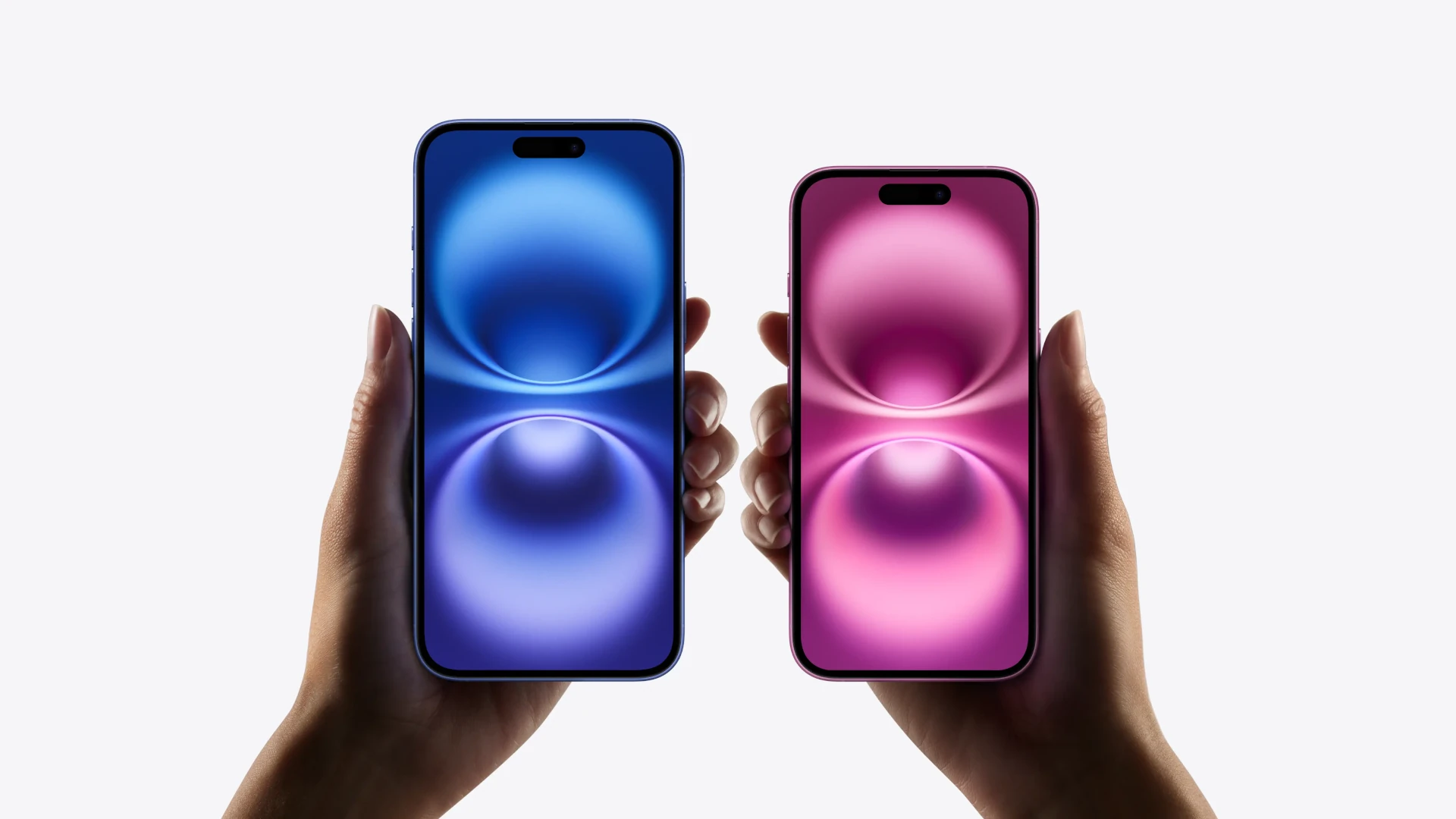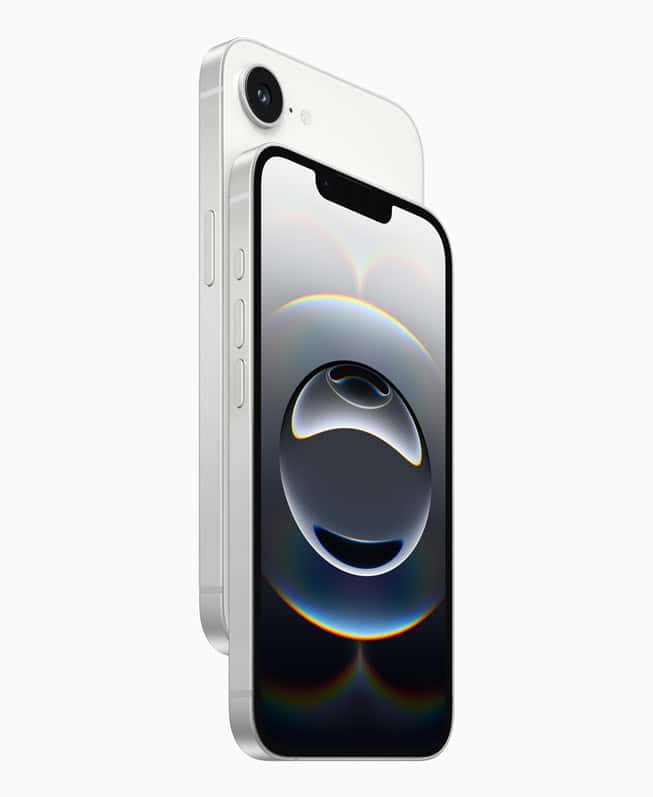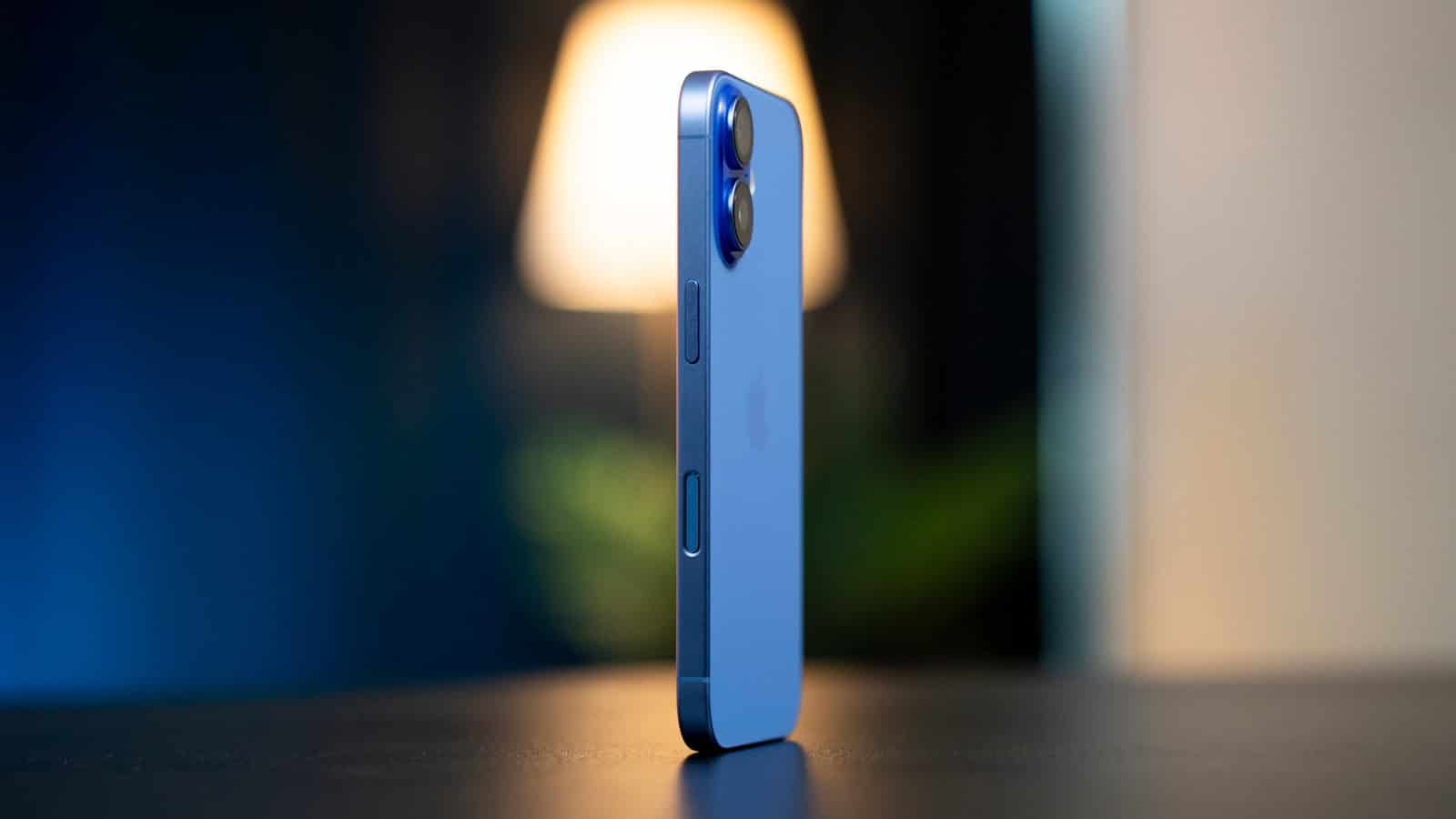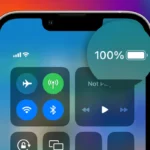Understanding how much RAM is in an iPhone has become more important than ever. With Apple’s growing emphasis on AI-powered features, gaming performance, and multitasking, RAM plays a key role in delivering the smooth, efficient user experience iPhones are known for. However, Apple’s unique hardware-software synergy means the company has historically required less RAM than its Android counterparts to achieve top-tier performance.
Apple’s Approach to RAM: Efficiency Over Excess

Unlike many Android devices that boast 12GB or even 16GB of RAM, iPhones use tightly integrated hardware and software to get more done with less. iOS, in conjunction with Apple Silicon (like the A-series chips), manages memory with surgical precision. This has allowed Apple to optimize performance without chasing RAM specs for marketing.
But that’s beginning to shift.
With the iPhone 16 lineup, Apple has standardized RAM across the entire series—bringing even the base models in line with the Pro series in terms of memory capacity. This change isn’t just about matching Android spec sheets—it’s a move to future-proof devices for a new wave of Apple Intelligence (AI) features introduced in iOS 18.
iPhone 16 Series RAM: All Models Now Feature 8GB
Every model in the iPhone 16 lineup now comes with 8GB of LPDDR5X RAM, marking a notable jump from the 6GB RAM seen in base models of the iPhone 15.
| Model | RAM | Chip | Year Released |
|---|---|---|---|
| iPhone 16 | 8GB | A18 | 2024 |
| iPhone 16 Plus | 8GB | A18 | 2024 |
| iPhone 16 Pro | 8GB | A18 Pro | 2024 |
| iPhone 16 Pro Max | 8GB | A18 Pro | 2024 |
| iPhone 16e | 8GB | A18 | 2025 |

This RAM boost supports Apple’s growing AI toolset, including:
- On-device Siri improvements powered by Apple Intelligence
- Advanced photo editing tools like Clean Up and Magic Erase
- Real-time video summarization and intelligent memory curation
- Genmoji creation and natural language-based image generation
All of these require significantly more memory bandwidth and capacity than previous iterations of iOS.
RAM Comparison Across Previous iPhone Generations
Let’s look at how RAM has evolved across recent iPhone generations:
| iPhone Series | Base Models RAM | Pro Models RAM | Chip |
|---|---|---|---|
| iPhone 16 Series | 8GB | 8GB | A18 / A18 Pro |
| iPhone 15 Series | 6GB | 8GB | A16 / A17 Pro |
| iPhone 14 Series | 6GB | 6GB | A15 / A16 |
| iPhone 13 Series | 4GB | 6GB | A15 |
| iPhone 12 Series | 4GB | 6GB | A14 Bionic |
This progression highlights a growing trend: Apple is not just improving camera systems or chips each year—it’s now making significant upgrades to memory to accommodate increasing demands of modern workflows, gaming, and AI.
Why More RAM Matters in 2025
While Apple’s older iPhones still deliver reliable performance, modern apps, 4K video editing, large image processing, and AI-assisted features are memory-hungry. More RAM allows:
- Better multitasking without app reloads
- Smoother gaming with higher frame rates and more textures
- More responsive system behavior, especially with on-device AI
- Longevity, as future iOS updates will likely demand more resources

Bottom Line
The iPhone 16 series represents a turning point in Apple’s hardware philosophy—ushering in a new era where AI, productivity, and personalization require higher memory ceilings. With 8GB RAM now standard across all models, Apple is giving users the power and headroom they need for the next generation of mobile computing—without sacrificing battery life or efficiency.
If you’re upgrading from an iPhone 12, 13, or even 14, the leap in RAM—alongside other performance and camera gains—is now more compelling than ever.
Key Takeaways
- The iPhone 16 and 16 Pro models now feature 8GB of RAM, a significant leap from the 4GB standard in the iPhone 12.
- Apple’s iOS continues to optimize memory usage efficiently across generations, enabling strong performance with lower RAM amounts.
- The iPhone 16 series supports Apple Intelligence, new AI-powered features, and advanced multitasking capabilities not found in earlier models.
Performance and Specifications Across Generations
From the A14 Bionic in the iPhone 12 to the A18 Pro in the iPhone 16 Pro Max, Apple has consistently improved CPU and GPU performance, battery life, and thermal efficiency. The iPhone 16 series also supports Wi-Fi 7 and includes new interaction methods like the customizable Capture Button for photography and video recording.
Hardware Evolution
The iPhone 12 started with the 5nm A14 chip and 4-core GPU. The iPhone 13 and 14 series brought slight boosts in processing and camera performance. The iPhone 15 introduced USB-C charging and Dynamic Island across all models. The iPhone 16 series now features advanced cooling, titanium frames on Pro models, and high-refresh displays (up to 120Hz on Pros).
Software and AI Experience
All iPhones from the iPhone 12 onward support iOS 18, but only the iPhone 15 Pro and newer fully support Apple Intelligence features. These include AI-assisted writing, photo editing, notification prioritization, and smarter Siri responses—made possible by the more powerful A17 and A18 chip families.
Memory and Storage Options
While the iPhone 12 maxed out at 256GB of storage, the iPhone 16 Pro Max offers configurations up to 1TB. RAM has also doubled over the years, enhancing multitasking and future-proofing newer devices. Users who heavily rely on video editing, gaming, or AI tools will benefit most from the newer Pro models.
Camera Advancements
Apple’s camera systems have evolved from the dual 12MP setup on the iPhone 12 to the triple-lens array and 48MP sensors on the iPhone 16 Pro series. Features like 5x telephoto zoom, Spatial Video, and Clean Up for removing image elements are only available on the latest models.
Connectivity and Battery Life
5G support began with the iPhone 12, but the iPhone 16 series enhances this with Wi-Fi 7 and longer battery life. The iPhone 16 Plus and Pro Max models offer up to 27 hours of video playback. MagSafe remains a consistent feature since the iPhone 12, with improvements in wireless charging efficiency.
Design and Durability
From the aluminum and glass build of the iPhone 12 to the titanium-clad iPhone 16 Pro Max, Apple has steadily increased durability and reduced weight. Ceramic Shield, introduced with the iPhone 12, remains standard on newer models. IP68 water and dust resistance is also consistent across all recent series.
Price and Availability
Apple continues to offer a range of pricing and storage options. The iPhone 16 starts at $799, while the iPhone 16 Pro Max starts at $1,199. Older models like the iPhone 14 and iPhone 13 are often available at discounted prices, making them appealing for budget-conscious buyers.
Buying Options
iPhones are available through Apple Stores, carriers, online retailers, and certified refurbishers. Trade-in programs and seasonal promotions allow users to upgrade to newer models at reduced costs, while still benefiting from extended software support on older devices.
Generational Comparison Summary
Each new iPhone generation improves on performance, battery life, camera systems, and display quality. While the iPhone 12 remains a viable option for casual users, those wanting the best AI integration, photography tools, and long-term support will benefit from the iPhone 15 Pro or 16 series.
Warranty and Support
All iPhones come with a standard one-year limited warranty and 90 days of technical support, extendable via AppleCare+. Apple’s support remains one of the most accessible in the industry, with in-person, online, and phone options available worldwide.







